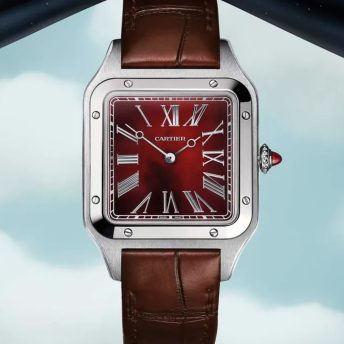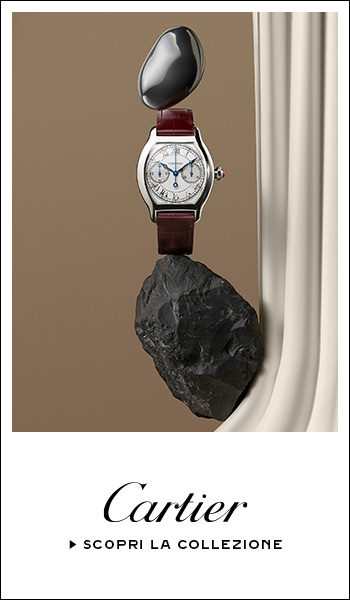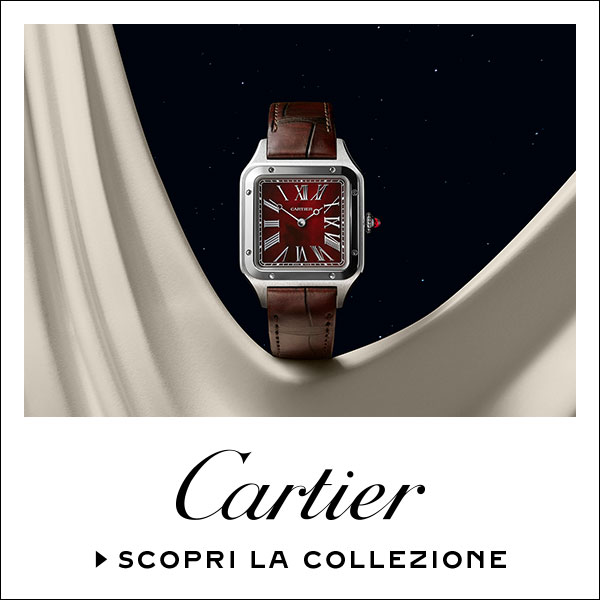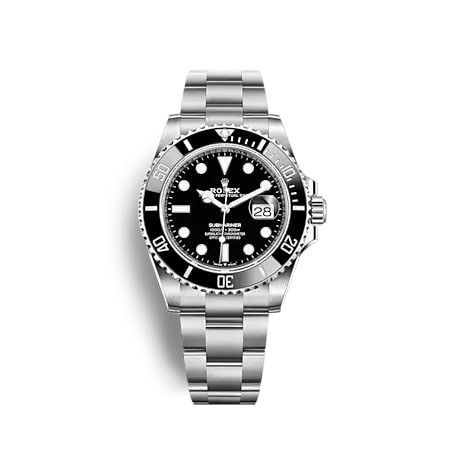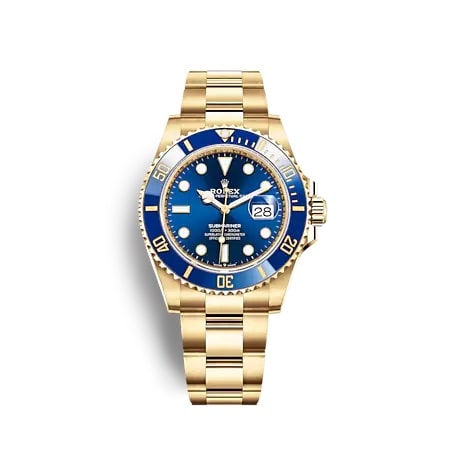In the period in which we are living we are living getting used to many new things: social distancing, masks, limitation in participating in events etc …
Like it or not, we have certainly entered a “new era” that we will have to live with for a while.
Inevitably, the world of watchmaking has not been exempt from the effects, albeit so-called “secondary”, of this pandemic.
A sector that, coronavirus aside, previously presented the absence of models in watchmaking, endless waiting lists and constant price increases in the secondary market.
To all this, for a year now, following the pandemic, a secondary effect has been added that could affect this sector: the shortage of raw materials (which among other things is making itself felt, consequently , with an increase in the prices of basic necessities).
The question I want to answer in this article is therefore: could this lack of raw materials or is already having repercussions in the world of watchmaking?
The lack of raw materials: the determining factors
The Covid-19 pandemic, in addition to the victims it has caused and, unfortunately, is still causing, with its secondary effects has thrown the supply chains of raw materials into total chaos.
Among these shortcomings could only include one of the essential and most used elements in watchmaking: steel.
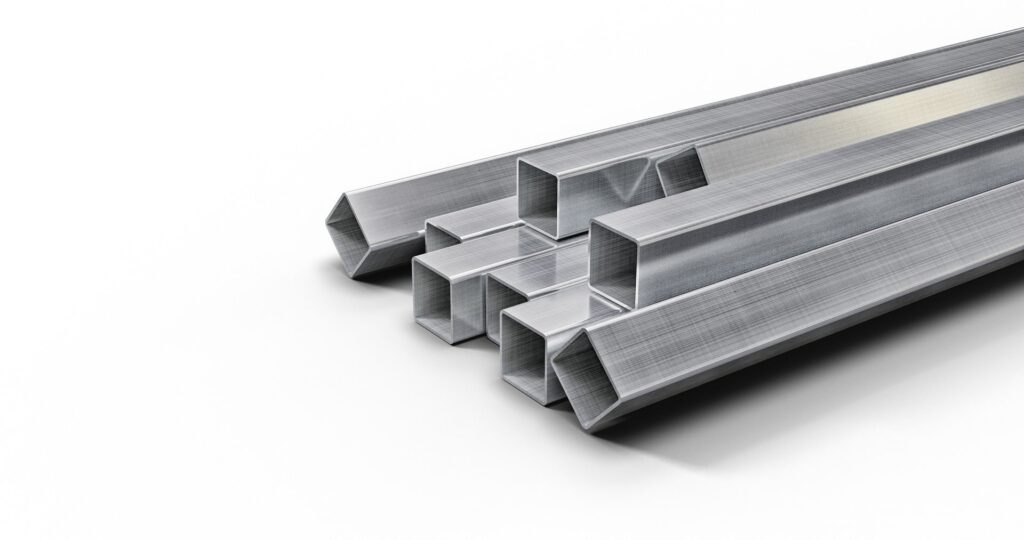
Several factors have contributed to this shortage and the consequent increase in their prices.
First of all, what we could define as the “main factor” was the closure of the so-called “non-essential companies”.
As we all know, during the period between March 2020 and May of the same year, the world had completely stopped.
This has forced among the largest companies to have to stop and stop their production in order to try to be able to contain the spread of the coronavirus, thus avoiding contact between people as much as possible.
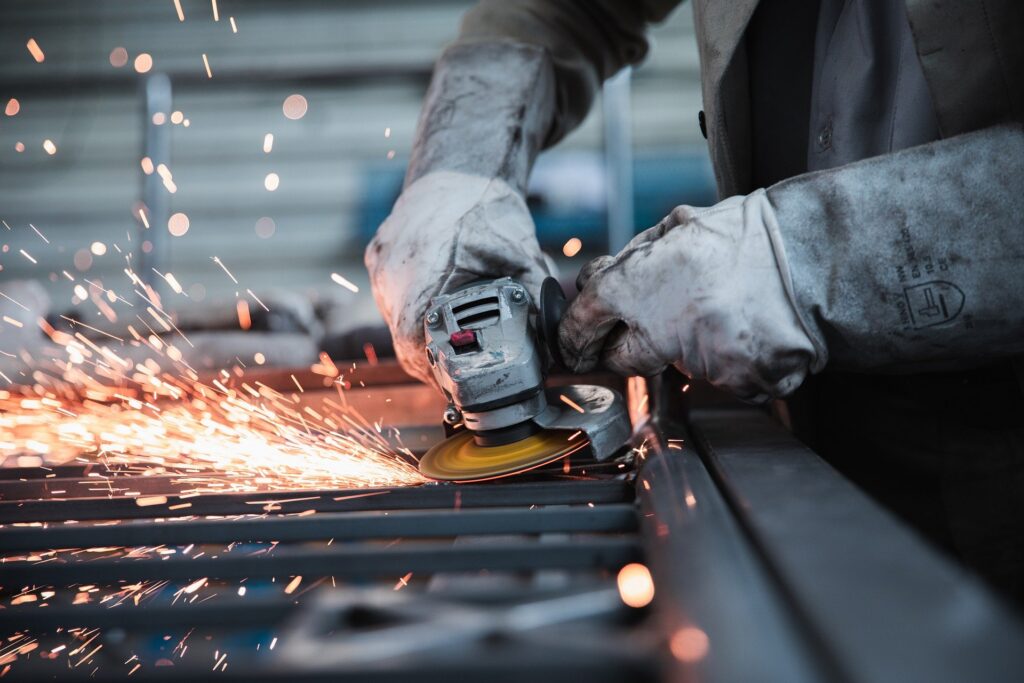
The main problem connected to this factor was that consumers still had the possibility to order products from companies and these, once the stocks in their warehouses ran out and unable to produce, found themselves in great difficulty.
Another factor that intervened was the presence of various “bottlenecks” in the transport sector.
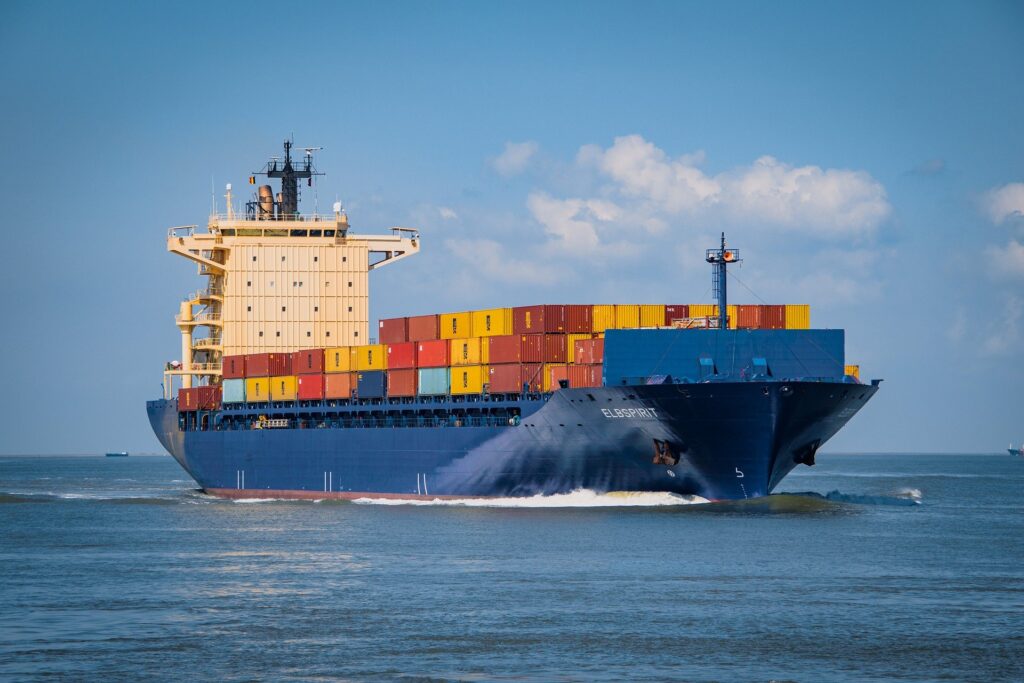
This was due to the fact that, during the shutdown of non-essential activities, the fiscal stimuli that were going to make up for the lack of income, have been, understandably, a disincentive to work.
The sudden resumption of activities, this has translated into a lack of manpower as it has seen to give up a hard and tiring job, many workers in the transport sector who have preferred to continue to perceive the fiscal stimuli rather than “risk” to return to to work, away from home and family, given the global health situation.
This difficulty in transporting materials has inevitably affected the increase in prices in all sectors.
The main material in watchmaking: steel
Steel, as mentioned above, is certainly an example of these materials that have started to run out.
The interesting thing to note is that, before the pandemic, the demand for steel had dropped but, following this, it suffered a sharp surge (constant demand + reopening of companies) with a consequent increase in prices that exceeded 300% of those pre Covid.
Suffice to say that before the pandemic the price per ton of steel was between $ 500/800; after this, we arrived at a figure of $ 1,900 per ton.
But why could this be a problem for watchmaking?
It could be because the demand for watches is concentrated, for the most part, on sports models which are, precisely, made of steel.

Generally speaking, one of the reasons why there is a greater demand for these models (leaving aside for a moment speculation, reseller phenomenon, collecting, etc.) is given by the fact that watches made of this metal are cheaper than equivalent models made. in a noble material and, therefore, more accessible.
As an example, let’s take the two variants of a popular watch (steel or gold): the Rolex Submariner.
The current price list for this model of the crowned house is € 8,750 for the steel version against € 35,400 for the gold version.
Here we have two watches that are identical in all respects but differ only in the material with which they are made.
From here it can be understood that, given the large price gap, the steel version allows a wider audience to approach this watch causing a constant disproportionate growth in demand for the product.
If we add to this greater demand for steel models a lack of the material they are made of, what could happen?
The sporty models in steel
If you think about the combination of sports watch and steel, the most iconic models in the history of watchmaking can only come to mind: the Nautilus by Patek Philippe, the Royal Oak by Audemars Piguet and the Daytona by Rolex.
Most of the fashion houses in the sector, in this period, are at the center of attention due to the lack of steel models (and not only lately).

I must point out, however, that this was a phenomenon that was already widespread before the pandemic but which has now reached stratospheric levels, in my opinion: nothing can be found anymore.
As soon as we started talking about a steel shortage at the beginning of the year, maybe some of you might have thought that this could be one of the causes of this strong lack in all the boutiques.

Unfortunately this is not the case and, confirming this, Rolex, with an answer to Yahoo Finance that you can read here, said that the lack of its models is not due to the lack of raw materials or, as many think, to a fine strategy.
In fact, the crowned maison claims that there is a continuous and growing demand for its products and the company, although it produces many watches a year, is not able to meet all the demand.
To be precise, Rolex would be able to satisfy it but the quality of its timepieces would be affected: a price that the maison certainly does not want to pay.
But then, if it is not a real shortage what is it and how will it affect the watch market, if it ever will?
First of all, before diving deep into the second question, we can say here that it isn’t a real shortage in the sense that there are less raw materials available. The key issue instead, it’s an increased difficulty in finding the product, in transportation and the equilibrium between supply and demand still not balanced.
Still shortage and list prices
As said by Fabrizio Buonamassa Stigliani (Director of the Bulgari Watches Design Center) in a recent Instagram direct with the well-known entrepreneur and collector Alessandro Squarzi, it is true that there is this scarcity of raw materials (steel in this case), but this does not influence the capacity and quantity of production that a company in the watch industry is able to satisfy.
(Check out our most recent interview with Fabrizio Buonamassa or read it here).
However, what could determine this lack of steel, in our opinion, is certainly a slowdown in production and a difficulty in finding the steel, rather than a real lack of the final product.
We were able to ask for information about it and what we were told was a confirmation of what we imagined.
The only negative thing that could determine, and which will most likely cause this shortage, it will be an inevitable increase in list prices determined by the normal balance of supply and demand.

Unfortunately, however, due to the various problems we have mentioned (reopening of post-Covid companies, lack of manpower, difficulties in transport), this translates into a difficulty in finding the subject.
This difficulty, to be remedied, requires a greater expenditure of economic resources by the company in order not to miss the final product, which at the same time translates into a “damage” for the consumer: the increase in price lists.
Final remarks
This shortage of raw materials, in the watchmaking sector, does not seem to be causing great damage at the moment.
It is true that the situation we are experiencing is something completely unexpected and, above all, not we can predict the progress of the pandemic except through predictions of dubious accuracy.
Surely, should there be further forced closures in the future, the watch industry could suffer even more, drawing further “damage” and difficulties in addition to those already present.
We hope to be able to return to normality as soon as possible and, remaining on the subject of watches (and not only), to be able to find, more easily, the raw materials with which the timepieces are produced, so that the items we love can keep fair prices.
Author: Andrea David











